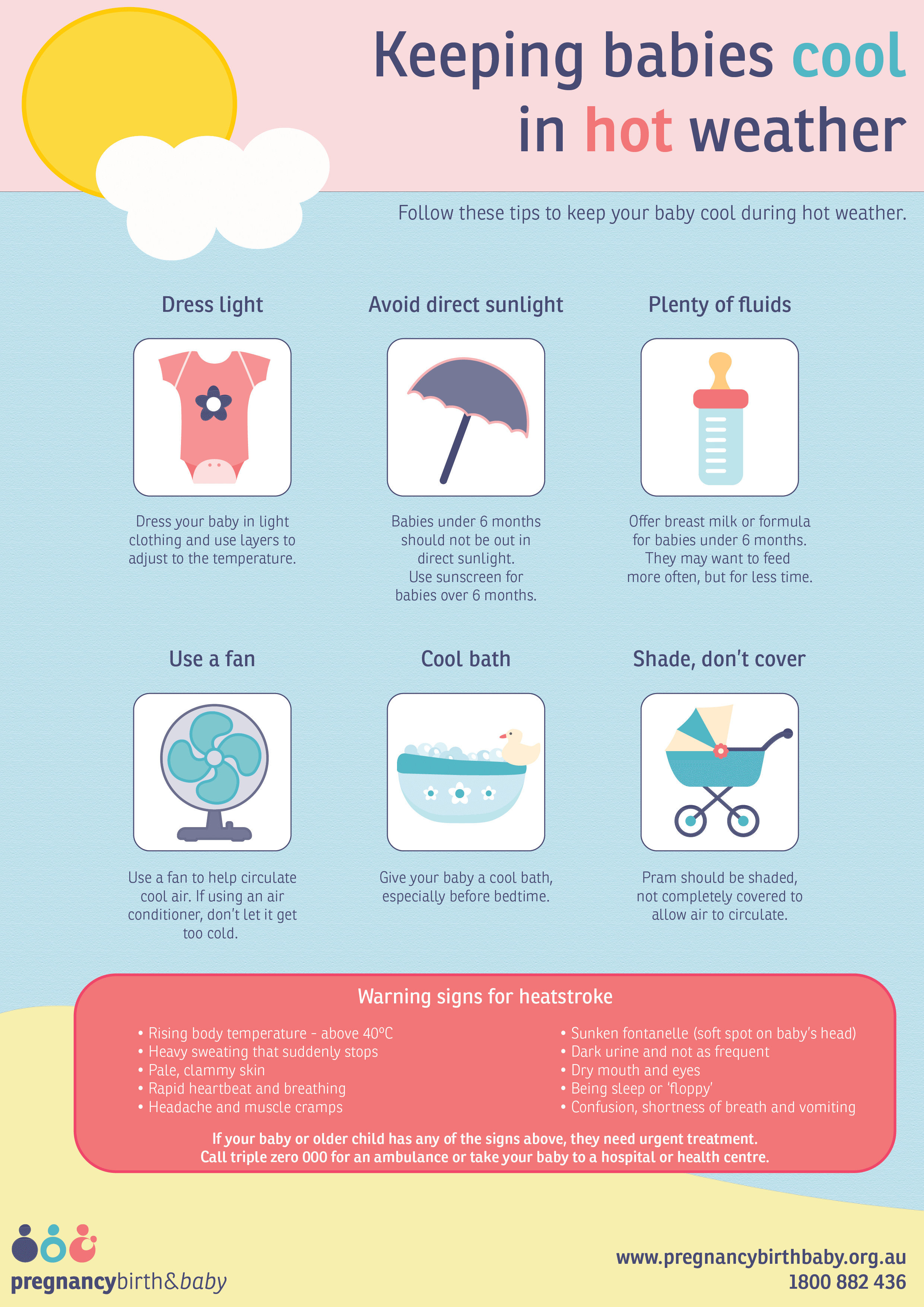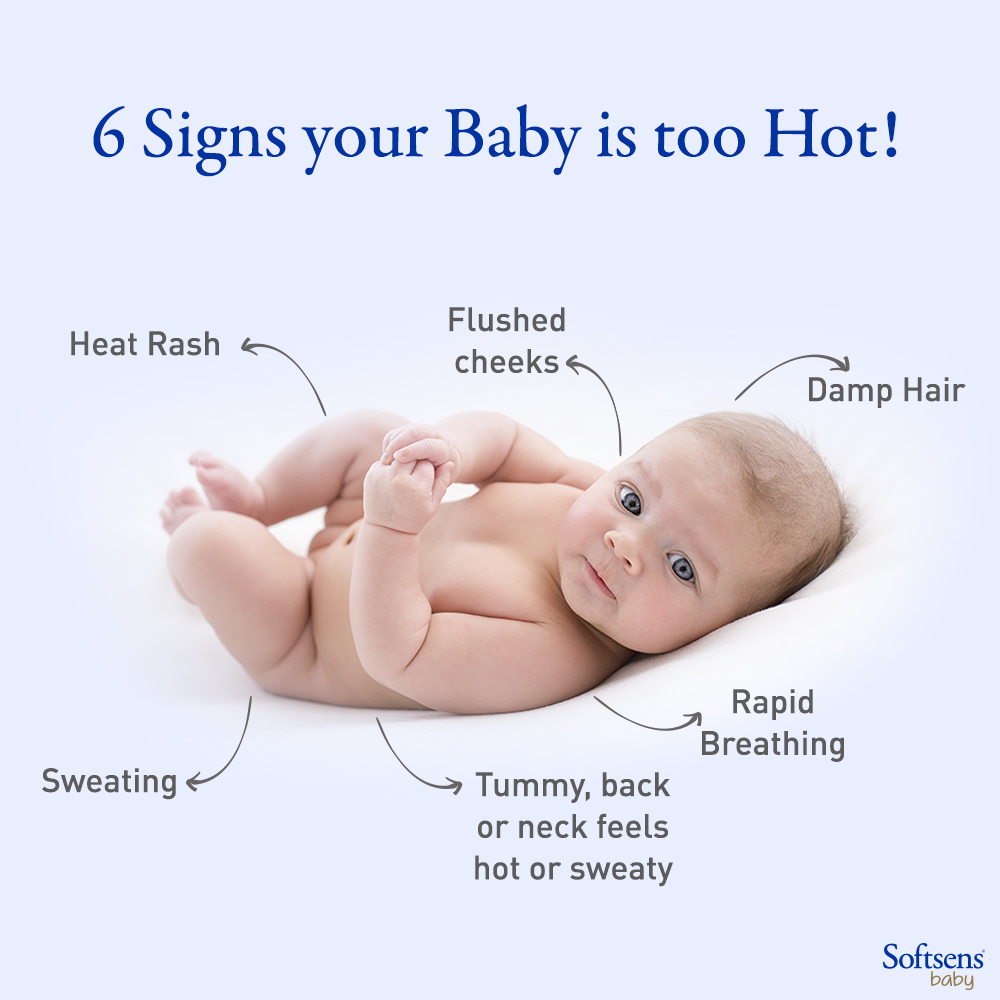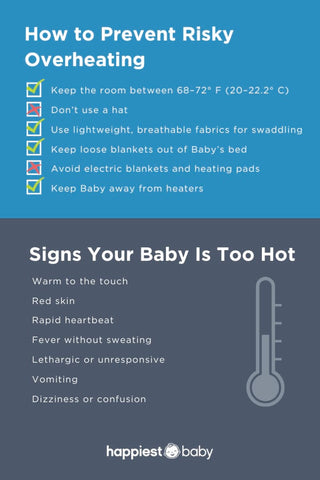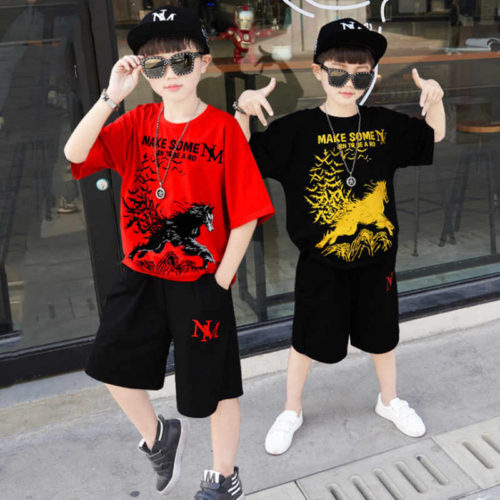To tell if a baby is overheating, check their body temperature and skin. A hot forehead, rapid breathing, or fussiness may indicate overheating.
As a parent, keeping your baby comfortable is essential. Babies cannot regulate their body temperature as effectively as adults. This makes them more vulnerable to overheating. Signs of overheating include excessive sweating and flushed skin. You may also notice that your baby is unusually irritable or sleepy.
It’s important to monitor the room temperature and dress your baby in light clothing. Always provide fresh air and hydration. Understanding these signs helps ensure your baby stays safe and comfortable. Regular checks can prevent overheating, making it easier for your baby to relax and sleep well.
Table of Contents
Introduction To Infant Temperature Regulation
Understanding how infants regulate temperature is crucial for parents. Babies have a higher body surface area than adults. This means they can lose heat quickly. Yet, they are also unable to cool down efficiently.
Many factors contribute to a baby’s proneness to overheating. A baby’s skin is thinner, making them more vulnerable. They also sweat less, which limits their ability to cool down. Clothing choices and room temperature can affect their comfort as well.
Regularly checking a baby’s temperature is essential. Normal body temperature ranges from 97°F to 100.4°F. Watch for signs of overheating like sweating or flushed skin. Keeping the baby cool is important for their health.
Identifying Overheating In Babies
Babies can get too hot easily. Identifying overheating is important for their safety. Look for these common signs:
- Warm or hot skin
- Excessive sweating
- Rapid breathing
- Flushed cheeks
- Unusual irritability
Overheating differs from fever. Fever usually means a higher body temperature due to illness. Overheating happens when the baby is too warm from their environment. Always check the baby’s temperature and adjust clothing as needed. Keeping babies cool helps prevent serious health issues.
Risk Factors For Infant Overheating
Several environmental factors can lead to infant overheating. High temperatures and humidity are significant risks. Direct sunlight exposure can increase the body temperature of babies quickly. Keeping the room well-ventilated is essential for comfort.
Clothing choices matter greatly. Babies should wear lightweight and breathable fabrics. Avoid heavy blankets or thick layers that trap heat. Swaddling should be used cautiously; too tight can cause overheating.
Regularly check your baby for signs of overheating. Look for flushed skin, excessive sweating, or fussiness. Keeping an eye on these symptoms helps ensure your baby’s safety.
Temperature Monitoring Tips
Taking your baby’s temperature is very important. Use a reliable thermometer. Digital thermometers work well for babies. Check the temperature under the arm for a quick reading.
Routine checks can help you stay informed. Check your baby’s temperature at least once a day. Always measure the temperature if your baby seems warm or fussy. Suspected overheating needs immediate attention.
| When to Check | Method |
|---|---|
| Routine | Underarm thermometer |
| Suspected Overheating | Rectal thermometer for accuracy |
Dress your baby in light clothing. Avoid heavy blankets or too many layers. Keep the room cool and well-ventilated.
Safe Sleep Environment
The ideal room temperature for a baby’s sleep is between 68°F and 72°F. This range keeps babies comfortable and helps them sleep well. Use a thermometer to check the room temperature regularly.
Choose lightweight bedding made from natural materials like cotton. Avoid heavy blankets and quilts, as they can trap heat. Dress your baby in a single layer of clothing to keep them cool. A sleep sack or a light swaddle works well.
| Room Temperature | Bedding Choices |
|---|---|
| 68°F – 72°F | Light cotton sheets |
| Check regularly | Avoid heavy blankets |
| Use a thermometer | Consider sleep sacks |
Dressing Your Baby Right
Choosing the right clothing for your baby is essential. Soft, breathable fabrics like cotton are ideal. Avoid heavy materials that trap heat. Light layers help regulate temperature. Dress your baby in a onesie or sleep sack for comfort.
For hot weather, opt for short sleeves and lightweight fabrics. In cooler climates, use long sleeves and pants. Always check if your baby feels warm to the touch. Remove layers if your baby seems too hot.
For variable climates, use a mix of layers. Start with a base layer, like a t-shirt. Add a sweater or jacket if it gets cold. Always be ready to adjust clothing as needed.
Outdoor Safety For Infants
Keeping your baby safe from the sun is very important. Always use a wide-brimmed hat and lightweight clothing. Look for shade when possible. Sunscreen is essential for babies over six months. Apply it 30 minutes before going outside.
Hydration is key during hot weather. Babies can easily become dehydrated. Offer breast milk or formula often. For older infants, provide water as well. Watch for signs of overheating, like excessive fussiness or red skin.
| Signs of Overheating | What to Do |
|---|---|
| Red, hot skin | Move to a cooler place |
| Excessive sweating | Remove extra clothing |
| Rapid breathing | Offer fluids |
| Fussiness | Calm and soothe |

Credit: www.pregnancybirthbaby.org.au
Handling Overheating: Immediate Steps
To cool a hot baby, act quickly. First, remove any extra layers of clothing. Use a fan to circulate air. A lukewarm bath can help lower their body temperature.
Offer your baby small sips of water. Keep them in a shaded area or indoors. A cool, damp cloth on the forehead is also effective.
Watch for signs of distress. Seek medical attention if your baby is very hot. Look for symptoms like lethargy, rapid breathing, or irritability. These may indicate overheating.
Prevention Strategies
Keeping your baby cool is very important. Daily routines can help a lot. Dress your baby in lightweight, breathable clothing. Use fans or air conditioning during hot days. Make sure your baby drinks enough fluids to stay hydrated.
Pay attention to the weather. On warm days, limit outdoor activities. Stay in the shade when outside. Check the temperature often. Keep your home at a comfortable temperature. Use cool baths or wipes to help cool down your baby.
Observe your baby’s behavior. Signs of overheating include sweating, fussiness, or a red face. Act quickly if you notice these signs. Always prioritize your baby’s comfort and well-being.
Understanding Dehydration In Babies
Babies can easily become dehydrated when they overheat. Overheating often leads to excessive sweating. This causes the body to lose important fluids. Signs of dehydration include dry mouth and fewer wet diapers. Babies may also seem more tired than usual. Crying without tears is another warning sign. Their skin may feel cooler and less elastic. It is essential to monitor their temperature in hot weather.
Keep babies in a cool environment. Dress them in light clothing. Offer them fluids frequently, especially during hot days. Always check for signs of overheating and dehydration.
Car Safety And Avoiding Heatstroke
Leaving a baby in a car can be very dangerous. Never do this, even for a short time. Cars heat up quickly, especially on sunny days. A baby’s body can’t handle high temperatures like adults can.
Ensure proper air circulation during travel. Open windows slightly to let air flow. Use air conditioning to keep the car cool. Always check the baby’s temperature before starting the trip.
Dress the baby in lightweight clothing. Avoid heavy blankets and layers. Keep the car’s interior cool to prevent overheating.
Educating Caregivers And Babysitters
Caregivers and babysitters must understand how to notice signs of overheating. Babies cannot communicate their needs directly. Look for signs like sweating, flushed skin, or rapid breathing. These symptoms indicate that the baby may be too hot.
Always check the baby’s temperature regularly. Use a thermometer to ensure it stays within a safe range. Dress the baby in light clothing to help regulate body heat. Avoid heavy blankets or quilts.
| Signs of Overheating | Action Steps |
|---|---|
| Flushed Skin | Remove extra layers of clothing. |
| Excessive Sweating | Move the baby to a cooler area. |
| Rapid Breathing | Offer fluids if the baby is old enough. |
Be prepared for emergencies. Know the nearest hospital or clinic. Keep important numbers handy. Having a plan can make a big difference in critical situations.
The Role Of Hygiene In Temperature Control
Keeping babies clean is important for their health. Bath time helps maintain hygiene. It’s vital to balance cleanliness and temperature. Use lukewarm water to ensure comfort. Always check the water temperature with your wrist. This avoids overheating during baths.
Diapering can also contribute to overheating. Choose breathable materials for diapers. Cotton or bamboo options allow for better air circulation. Change diapers frequently to prevent rashes. A wet diaper can trap heat against the skin. Always monitor your baby’s temperature after changing.
Technological Aids In Monitoring Baby’s Temperature
Modern technology offers many tools to help monitor a baby’s temperature. Innovative baby monitors now come with built-in temperature sensors. These devices can alert parents if their baby gets too warm.
Smartphone apps also provide valuable features. They can track the baby’s temperature trends over time. Notifications can remind parents to check the baby’s environment.
Wearable temperature sensors are another great option. These sensors attach to the baby’s clothing or skin. They continuously measure the baby’s temperature and send alerts if it rises.
Choosing the right technology can help keep your baby safe. Monitoring their temperature can prevent overheating and ensure comfort.
Conclusion: Staying Vigilant About Baby’s Comfort
Monitoring your baby’s comfort is very important for their well-being. Watch for signs of overheating like excessive sweating, flushed skin, or irritability. Keeping the room well-ventilated helps maintain a comfortable temperature. Use lightweight clothing made of breathable fabrics to keep your baby cool.
Regularly check the temperature in your baby’s environment. A thermometer can be very useful. Babies can’t tell you when they feel too hot, so stay alert. Always offer plenty of water if your baby is old enough.
Proactive parenting means being aware of your baby’s needs. Adjust the temperature or layers as needed. Taking these simple steps will ensure your baby stays comfortable and safe.

Credit: twitter.com

Credit: lovetodream.com
Frequently Asked Questions
How Can I Tell If My Baby Is Too Hot?
Look for signs like sweating, flushed skin, or rapid breathing, indicating your baby may be overheating.
What Are The Signs Of Baby Overheating?
Common signs include excessive sweating, irritability, and hot to the touch skin, especially on the neck and back.
What Temperature Is Too Hot For A Baby?
A room temperature above 75°F (24°C) can be too hot for babies, increasing the risk of overheating.
How Should I Dress My Baby In Hot Weather?
Dress your baby in lightweight, breathable fabrics to help regulate their body temperature comfortably.
Can Overheating Harm My Baby?
Yes, overheating can lead to serious conditions like heat exhaustion or heatstroke, which are dangerous for infants.
Conclusion
Keeping your baby comfortable is essential. Always check for signs of overheating. Use light clothing and keep the room cool. Hydration is key, especially in hot weather. Remember, your baby’s safety comes first. By being aware, you can ensure a happy, healthy baby.
Stay attentive and enjoy precious moments together.







